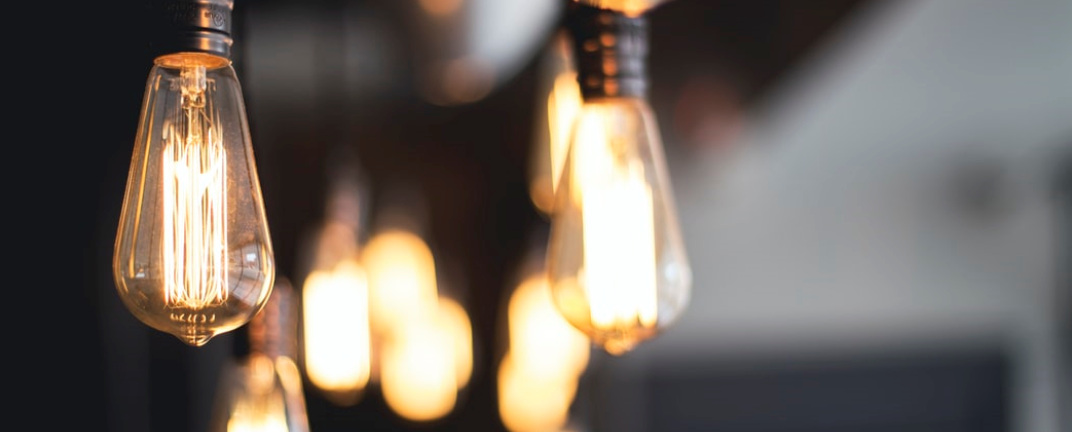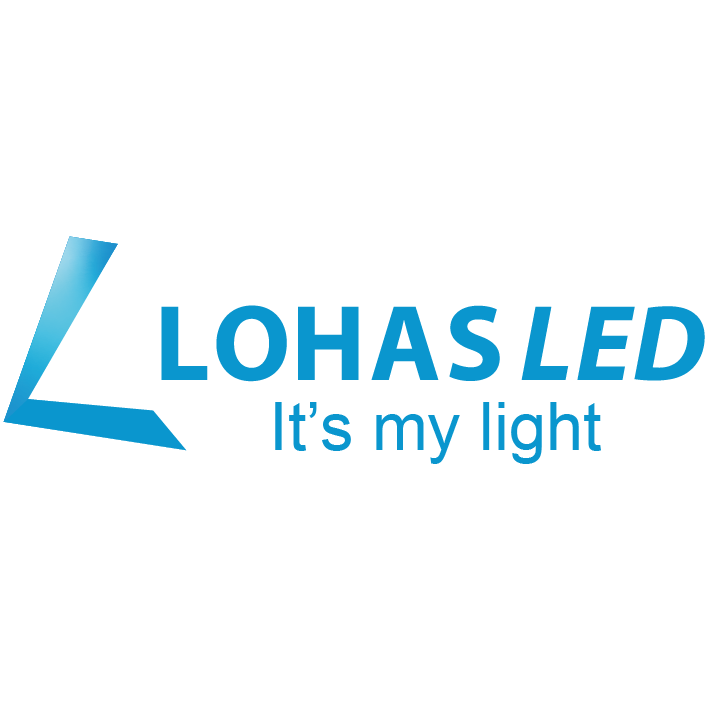What is the best type of light bulbs for your eyes?
Do you know how to choose a suitable LED desk light for yourself? Not all light bulbs are the same. Not only do they come in different base styles and wattage, they're also available in different brightness levels and color temperatures. However, picking the right bulbs doesn't have to be difficult.

No matter what your personal lamp style, LED bulbs generally do a better job of illuminating than normal incandescent bulbs .
How to choose a suitable LED desk light?
LED bulbs are a directional light source, which means they emit light in a designated direction. As a result, LED bulbs make great working and reading lights.
When it comes to reading and doing some specific work, color temperature and brightness makes all the difference.Actually, the color of the lights you install matters. But most people overlook this point.
Perhaps you’ve even chosen a light bulb based on your favourite color, rather than how suitable it is for its intended purpose?
However, it’s important to pay attention to the color temperature and brightness of your LED light bulbs, as choosing the wrong LED desk light can cause eye strain and impact your sleep cycle.
color temperature of a light
Light bulbs are rated in lumens, wattage, and Kelvin. Lumens refers to a bulb's brightness, wattage is the power of the bulb,while the color temperature of a bulb is measured in degrees of Kelvin (K), which ranges from 1,000K to 10,000K.
A low Kelvin rating indicates that the appearance of the light will be warm, and the bulb will give off red wavelengths. A high Kelvin rating, whereas, indicates that the appearance of the light will be cool, and the bulb will give off blue wavelengths.
That is to say,the lower the Kelvin rating, the warmer the light and the less harsh it will be on your eyes. warm led bulbs is better for eye health and this kind of light is often best for living rooms and bedrooms,you can reading books with a warm led desk light before fall asleep. While Cool and bright light is often required for workspace and more detailed tasks.

Buy bulbs for specific purpose
Here's a breakdown of light bulb color temperature:
Soft white (2,700 to 3,000 Kelvin) is warm and yellow, this light gives a warm and cozy feeling and is often best for living rooms, dens and bedrooms.
Warm white (3,000 to 4,000 Kelvin) is more yellowish-white. These bulbs are best suited for kitchens and bathrooms.
Bright white (4,000 to 5,000 Kelvin) is between white and blue tones. With a less cozy and more energetic feel, desk lights with this color range are best for work spaces (such as a home office or garage) and kitchens with chrome fixtures.
Daylight (5,000 to 6,500 Kelvin) has a more bluish tone. This light color will maximize contrast for colors, making it ideal for working, reading or applying makeup.
With that in mind, when choosing light bulbs for a room, think of what you normally do in that space and buy bulbs for that purpose.

Lighting Tips for ReadersFollow these tips to improve lighting and protect your vision:
- Use multiple light sources in a room to increase the amount of light without using super bright bulbs.
- Use lamps with directed light for tasks like reading and writing.
- Work in areas that are well-lit to decrease potential eye strain related to dim lighting.
- Try to minimize glare by positioning lights and screens appropriately.
- Open blinds and curtains, and allow as much natural light into your home and workspace as possible.
- Consider warm light bulbs over cool light fixtures and bulbs. Combination lighting can use different types of light to get as close to a natural feel as possible.
- Limit and reduce exposure to blue light by taking frequent screen breaks. Use the 20-20-20 rule when spending a lot of time looking at a screen. Look 20 feet away for 20 seconds every 20 minutes you are engaging in screen time.
 USD
USD GBP
GBP CNY
CNY SAR
SAR SGD
SGD NZD
NZD ARS
ARS INR
INR COP
COP AED
AED
